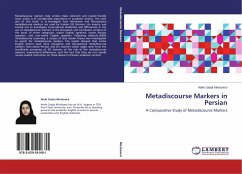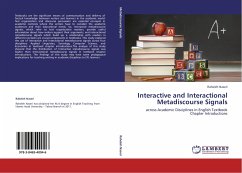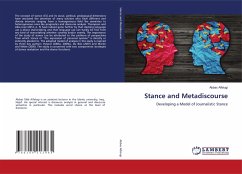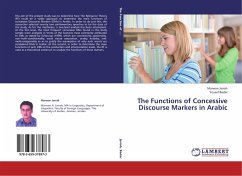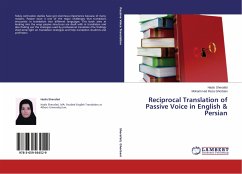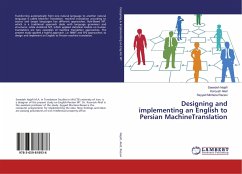Metadiscourse markers help writers make coherent and reader-friendly texts, which is of considerable importance in academic writing. The main aim of this book is to investigate how interactive and interactional metadiscourse markers are used by Iranian EFL learners. An inquiry was carried out to investigate cross-cultural similarities and differences in the use of metadiscourse markers in the Discussion and Conclusion sections of the book of three categories: native English speakers, native Persian speakers, and non-native English speakers. Following Hyland's (2005) metadiscourse taxonomy, a corpus of sixty master theses was investigated to search for metadiscourse markers. The results showed that native English writers used more interactive and interactional metadiscourse markers than native Persian and EFL learners which might stem from the insufficient awareness of EFL learners of the role of the metadiscourse markers, intercultural differences, and the fact that they do not usually receive explicit instruction on these devices in Persian academic context.
Bitte wählen Sie Ihr Anliegen aus.
Rechnungen
Retourenschein anfordern
Bestellstatus
Storno

